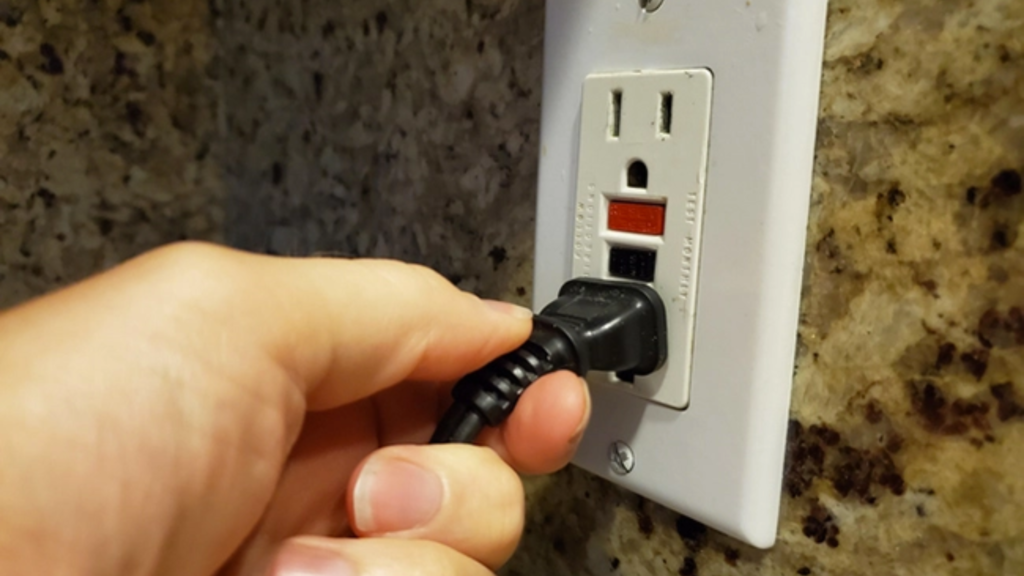If you are like most people, you probably know very little about GFCI outlets. In fact, unless you are an electrical contractor or have had to install one, you may not even know what they are. This article is going to provide a brief guide to GFCI outlets and explain their purpose. After reading this article, you will have a better understanding of what GFCI outlets are and why they are important.
What is a GFCI outlet?
If you have ever wondered what those little buttons are on some of your outlets, or why some of your outlets have them while others do not, then you may be wondering what a GFCI outlet is. In short, a GFCI outlet is a type of electrical outlet that is designed to help prevent electrocution.
GFCI outlets work by constantly monitoring the flow of electricity through the outlet. If there is an imbalance in the flow of electricity, such as if there is a sudden drop in voltage, the GFCI outlet will immediately shut off the power to the outlet. This helps to prevent electrocution by reducing the amount of time that someone is exposed to an electrical current.
How do GFCI outlets work?
When an electrical appliance is plugged into a GFCI outlet, the GFCI monitors the amount of current flowing through the circuit. If the current flowing through the circuit is greater than a predetermined threshold, the GFCI trips and interrupts the flow of electricity. This can happen if there is a short circuit or ground fault in the appliance or in the wiring.
What do GFCI outlets look like?
There are a few things to look for when trying to identify a GFCI outlet. First, most GFCI outlets will have a “test” and “reset” button on them. These buttons are used to test the outlet to make sure it is working properly. Second, GFCI outlets will usually have two outlets, one on top of the other. This is so that you can plug two devices into the outlet at the same time. Finally, GFCI outlets will usually have a label on them that says “GFCI” or “Ground Fault Circuit Interrupter.” If you see any of these things, then you are probably looking at a GFCI outlet.
Where are GFCI outlets required?
Most homes have GFCI outlets installed in areas where there is a risk of water exposure, such as the kitchen or bathroom. These outlets are designed to trip and shut off power if they detect a ground fault, which can prevent serious injuries or even death. GFCI outlets are required by law in many areas, so it’s important to check local building codes before starting any electrical work. Even if GFCI outlets are not required, it’s generally a good idea to install them in areas where there is a risk of water exposure. This can help prevent serious injuries or even death.
So there you have it, a guide to GFCI outlets. Be sure to add one of these lifesavers to your electrical toolkit and be safe while working in the garage or around the house. Do you have any questions about GFCIs or electrical safety? Call a Medford Electrician if you need any help with your GFCI outlets.




